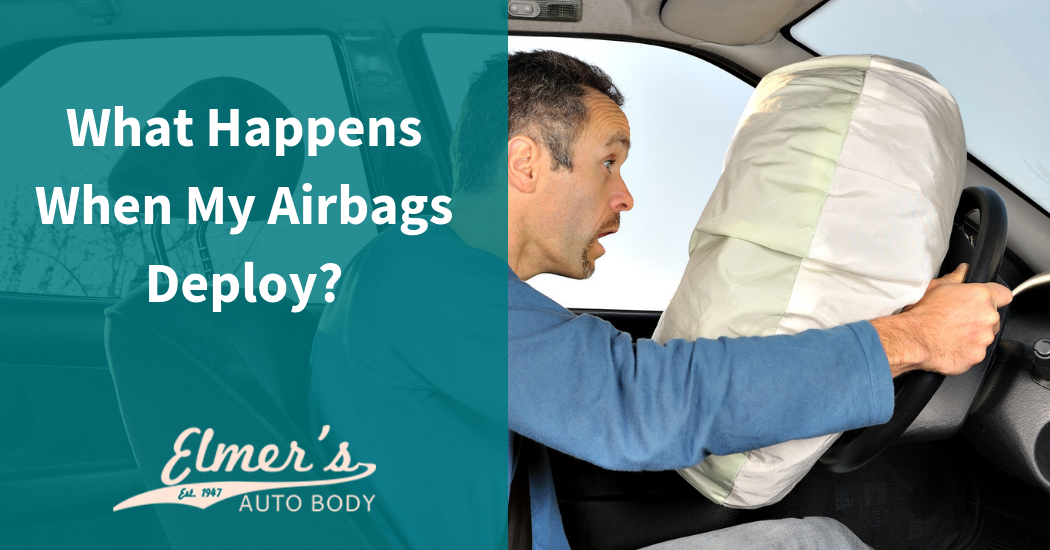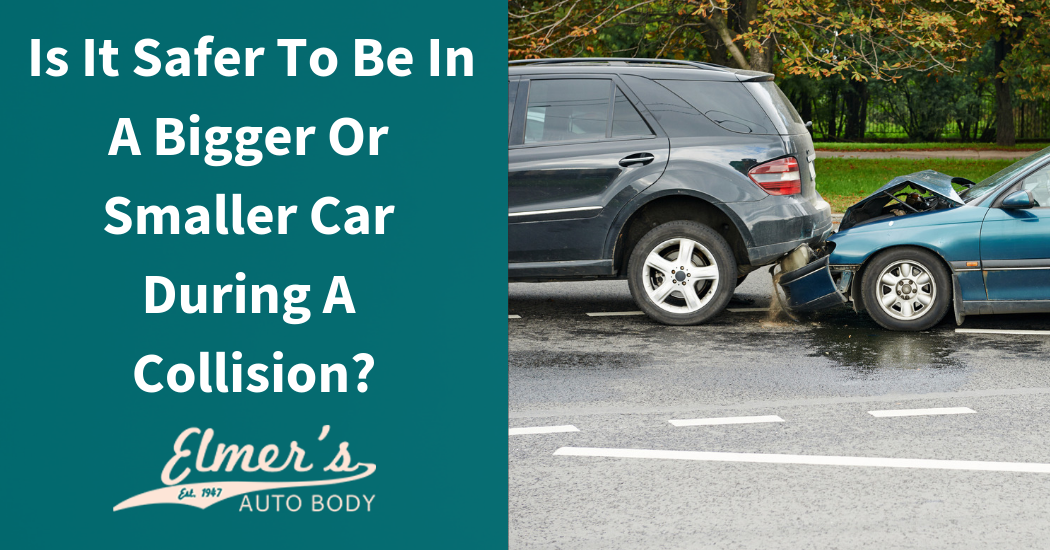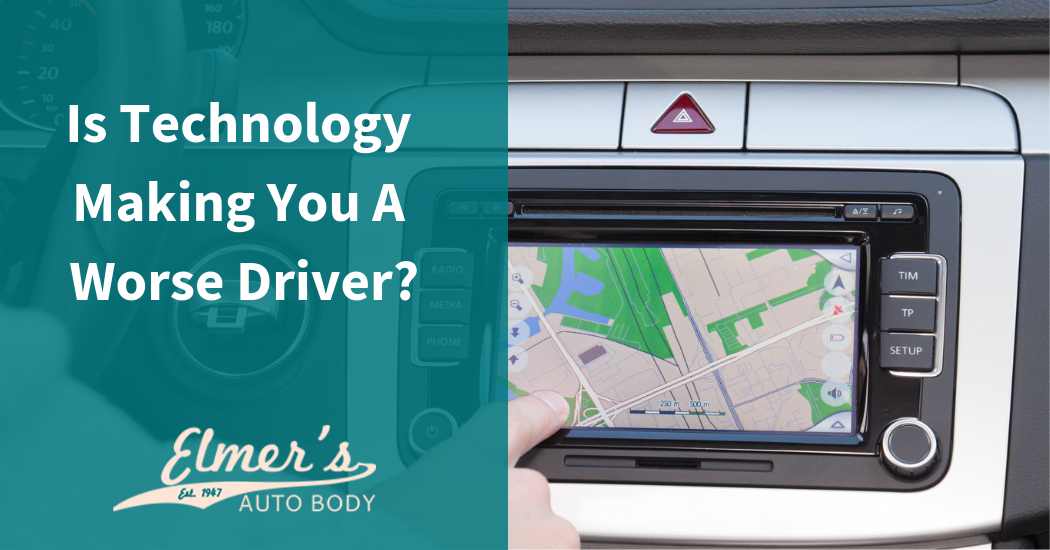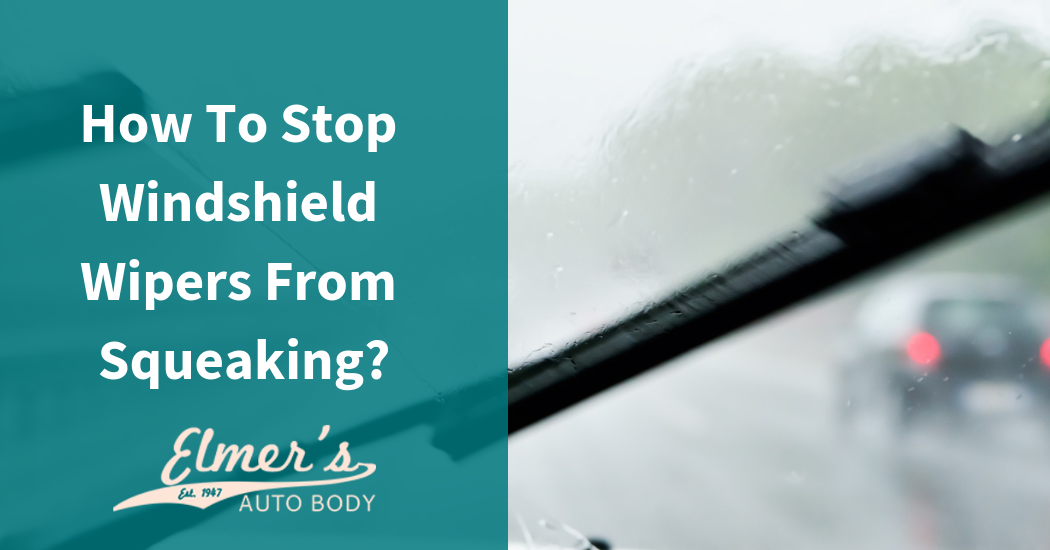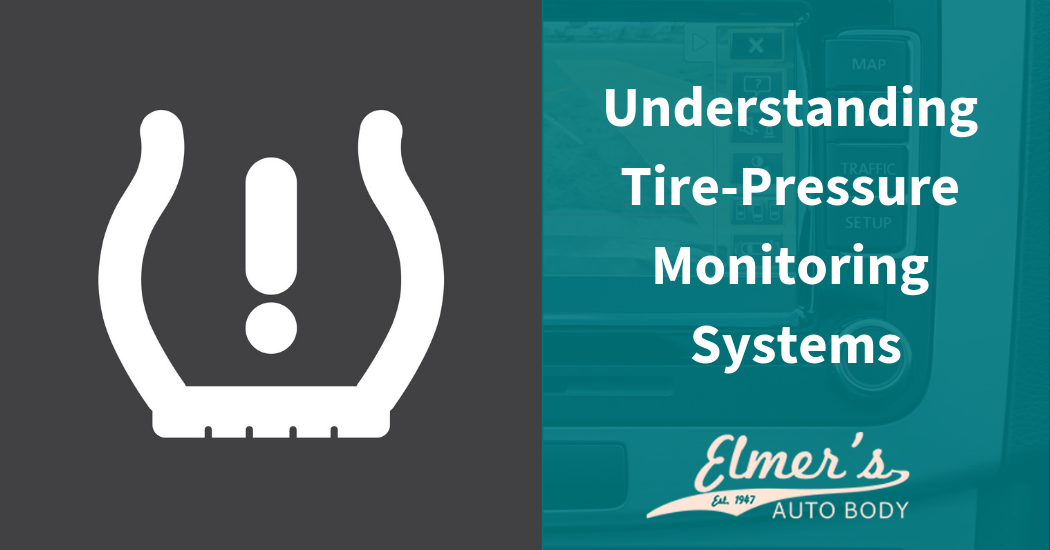Most any car owner at one time or another experiences car vibrations or shaking. It can come out of the blue or it can be a long-standing problem that gets worse over time. The shaky feeling might be barely noticeable at first, or it could be an intense and teeth-jarring experience. For any driver, vibrations are a hard nuisance to deal with and should be looked into, whether the vibration seems minor or is more significant. You don’t want to wait as any more involved vibrations can indicate an expensive fix. So, don’t procrastinate about seeking a professional’s opinion. There are reasons as to why a car vibrates and here are 6 common ones as to why it happens.
1. Brakes
Your brakes could be the culprit with vibrations and shaking. The clue is that the vibration occurs and escalates as the brakes are applied. The parts that are likely affected are the brake rotors (disks). Rotors are the heavy metal disks that the brake pads are mounted to, which help to slow down a vehicle. These metal disks receive a great deal of pressure along with a lot of hard wear as well as exposure to heat through friction that occurs through everyday use. The heat and wear on a rotor can cause it to warp and become uneven. The wear and unevenness can be minimal but when it gets to the point that a rotor is uneven and distorted in its consistency, and the brake pads can’t grip properly, it’s possible that brake vibration will be felt.
Other brake related vibrations could occur due to a brake caliper that is immovable or stuck. Calipers are fastening devices and the brake pads are attached to them. The calipers exert a push on the pads to take hold of the rotors once the brake pedal is depressed. Sometimes, one or the other calipers can get stuck. Shaking as well as pulling to the side can occur when this happens. This is one problem that requires attention.
2. Engine
Though a rattling or vibrating engine should be of concern, most of the time it is not as worrisome as vibrations in other areas of a vehicle. A sign that an engine may be causing vibrations can be recognized through an unevenness in the vibration. There can be shaking and jerking when accelerating, or while driving at certain speeds for a certain amount of time. It could also happen once an engine has warmed up.
Engine vibration problems could be caused by bad or damaged spark plugs, or the spark plug wires, both of which could need adjustment or replacement. If the vibration isn’t from the spark plugs or wires, it could be the fuel or air filter. When either one of these becomes blocked or dirty, an engine will be short on fuel and oxygen, which can result in vibration and a rough and uneven ride.
3. Tires
Old, worn, uneven, unbalanced, bald and dry tires are often the cause of vehicle vibrations. Tires aren’t the most enduring parts of a vehicle and if tire air pressure, rotation, wheel alignment and suspension concerns are ignored, tires are going to have a shorter lifespan and are capable of causing shaking and vibrations.
Separated tread is another more serious cause of tire vibration and is often the result of overinflated tires. If tire tread separates, immediate attention is necessary, which usually means replacement.
4. Wheel Alignment
Wheel alignment is not necessarily the direct cause of shaking or vibration, but if the alignment has not been done according to specifications, it can cause related shaking problems. All vehicle wheels need to be aligned correctly and if the alignment is out of sync because of bad driving and minor and major accidents, the alignment is going to be compromised. Tire wear and a shaky steering column are also strong indicators of wheels that may require alignment.
5. Engine/Motor Mounts
Engine or motor mounts are what hold an engine in position. They secure the engine to the vehicle’s frame. Motor mounts are made of metal and rubber that are connected to the frame. The rubber within the motor mount helps to soften the engine vibration while the metal provides the structure. Motor mounts can wear out and the embedded rubber wears more quickly than the metal and loses its cushioning effect. This can eventually cause shaking and vibration. The motor mounts will likely need to be replaced to alleviate the shaking and any structural damage that may have occurred.
6. Axle/CV Joints
A damaged axle can be serious business. Vibration can be caused by a bad or damaged one that can result in suspension vibration. Axle damage can result from a minor or major impact, from accelerating and hitting speed bumps, potholes, and curbs. The damage won’t make itself known right away. Once the shaking starts, it will likely get worse, especially at increased and higher speeds. Any axle issues should be addressed immediately.
Other vibrations can occur through worn CV joints. They are found at the ends of the drive axles and are encased in a rubber boot. They function to retard dirt, grime, and other debris and keep the axle grease in place. If they are torn or the seal of the rubber boot is broken, the damage will occur from loss of the grease and entrance of dirt and other debris into the area. With CV joint damage, suspension vibration can occur. If a CV joint is causing shaking or vibrations, there may be clicking or thumping noises at turning points.
Vehicle vibrations can be extremely annoying as well as of concern, and the 6 common reasons given here should alert most any driver to what to look for and examine on a vehicle when vibrations are disruptive and unmanageable. If your car is experiencing vibrations and shaking and you’re not sure what to do, complete the online contact form and an expert will get back to you with the information you need to help diagnose the problem.

